Flat grasslands, open prairies, few people; eastern Colorado appears similar to the days of wagons driving here on the Santa Fe Trail. Driving on US 287 near the Kansas border in southeast Colorado, thinking of life as it was 150 years ago, we saw a sign for Sand Creek Massacre. With no clear destination in mind, we turned east on Hwy 96 near Eads, Colorado. The site of the Sand Creek Massacre looked no different than the rest of the landscape.
This chapter of history is not a good one for the US Calvary. In November 1864 our country was fighting the Civil War in the east. The central and west parts of our country engaged in the Indian Wars. Our US flag had 33 stars.
Colorado would not become a state for 12 more years. Some of the Cheyenne and Arapaho Indians had surrendered and were camped along the Sand Creek.
This group, mostly the elderly, women, and children, lived here in safety. Many young men did not surrender and were engaging in the Indian Wars with the US Calvary. On the morning of November 29, 1864 Col John Chivington arrived with the artillery and gave the order to attack. Assessing the situation, Captain Soule and Lieutenant Cramer, of the First Regiment refused to fire, remained standing down and in formation with their units. The Colorado 3rd Regiment, a group of 100-day US Volunteers lost all unit integrity. The fighting continued all day. The second day, the camps and bodies were ransacked and burned. This is a very sad day in US history. This massacre contributed to more raids and attacks on white settlers and was yet another reason for lack of trust in peace talks. From the Visitor’s Center, we gazed across the prairie to the massacre site. Driving or hiking, visitors arrive at this small monument.
Gazing down on the landscape, we visualize the terror and confusion of November 29, 1864. Humans may walk on a path or sit on a bench to honor the memory of those lost that day and quietly reflect on events.
Leaving, we are grateful for not only for signs leading us to this Historic Site, but also signs leading us back to Hwy 96.
Turn on Hwy 287 to Lamar and visit Big Timbers Museum. A photographer, Chuck, spent several years on the battlefield with a geiger counter recovering many metal artifacts. Here you can see and learn about the cannon balls that were shot, see the small timing devices used and see metal utensils and more. We, the Colorado Traveling Ducks, hope you discover some of the historic remains of southeast Colorado.
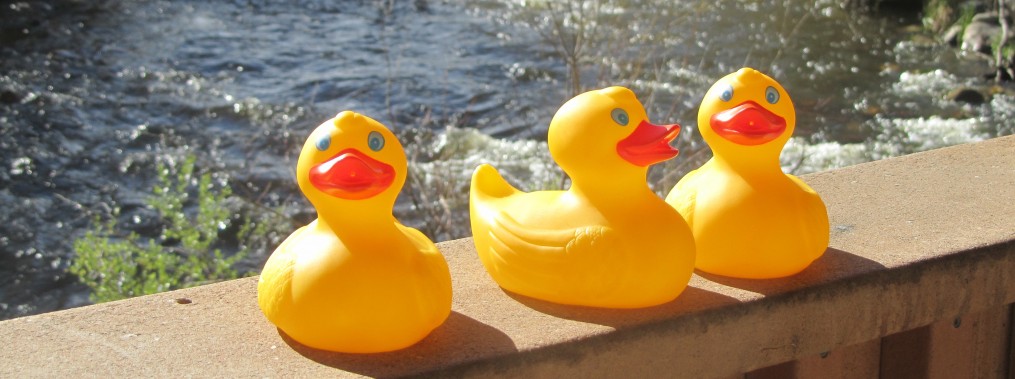
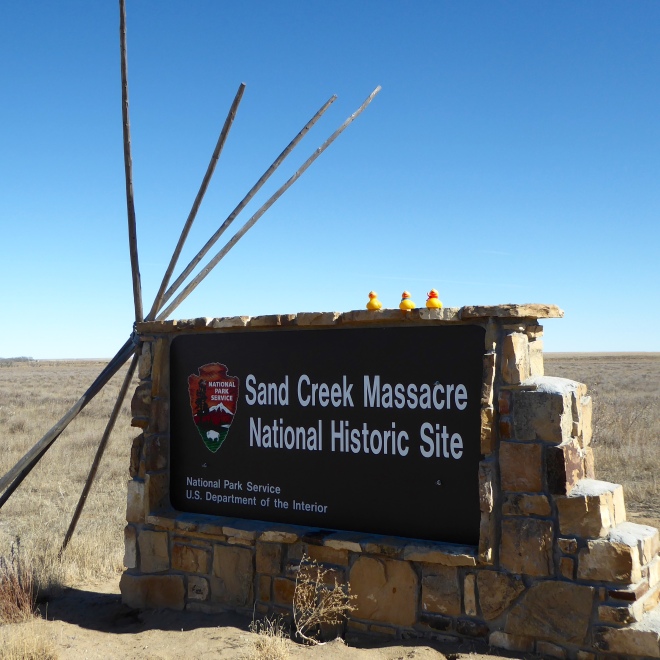
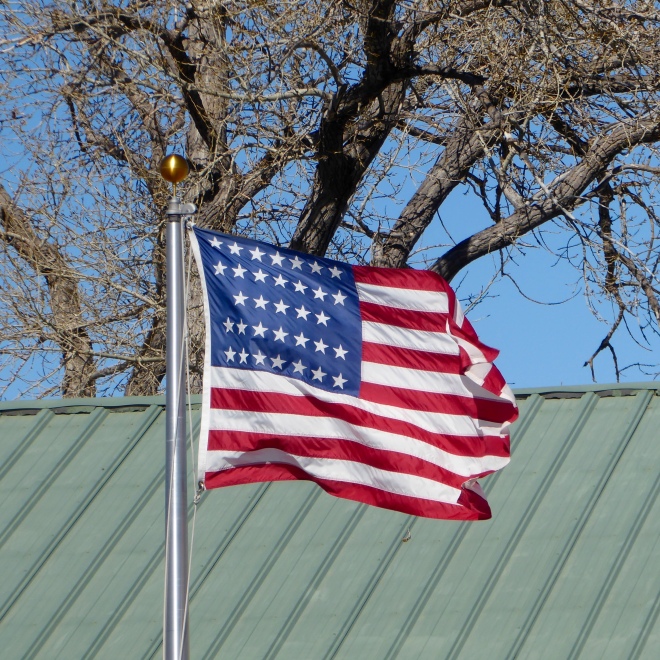

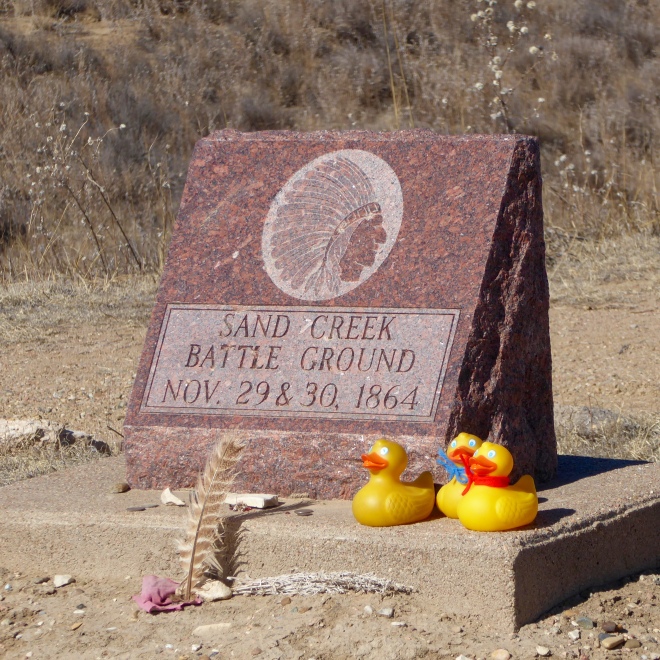
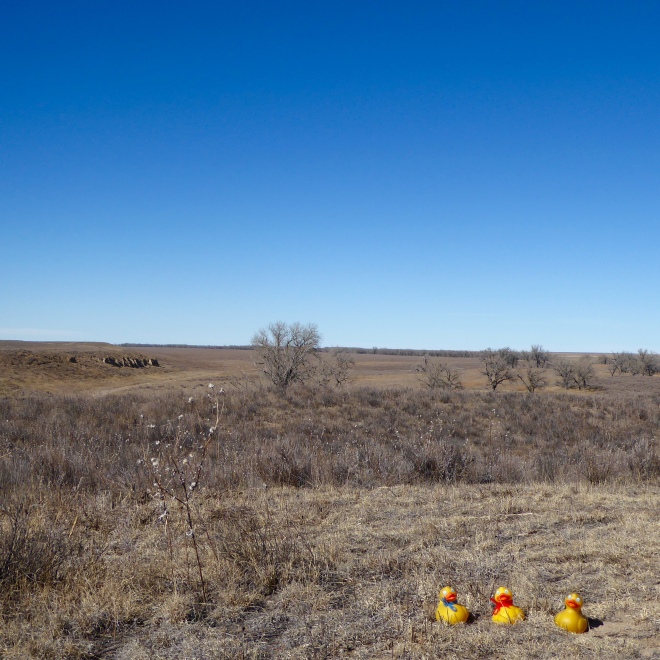

A sad piece of history, Ducks.
Very sad